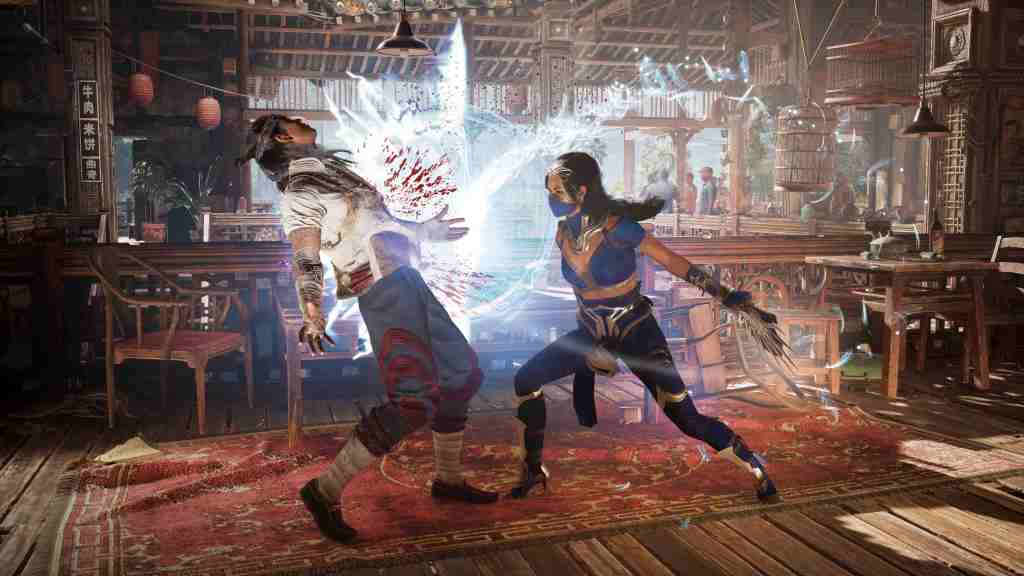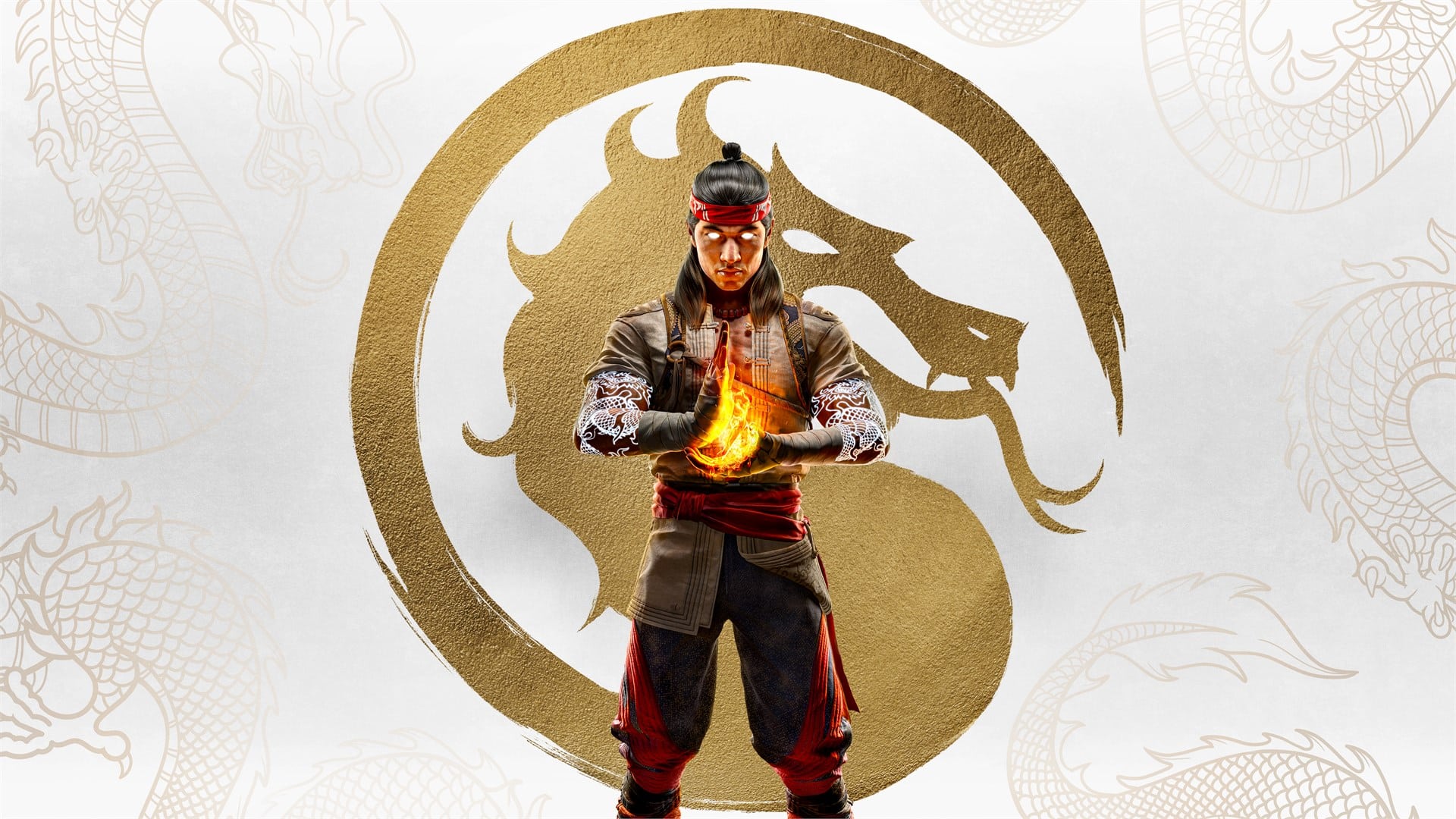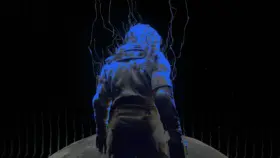Mortal Kombat 1 perfectly captures the Hollywood-style martial arts film experience in video game format. Its best-in-genre story campaign continues to meld cinema and fighting game in a highly entertaining manner, and the game showcases a stunning level of visual fidelity and commitment to seamlessness once more, which does wonders to enhance the fantasy, and draw you into its action-packed world. Not only that, Mortal Kombat 1 retains a welcome, scholarly approach to teaching the ins and outs of its fighting systems.
At a time when major fighting game properties are taking their own unique generational leaps and taking large steps to welcome new audiences, Mortal Kombat 1‘s big move is defined by its sheer attractiveness, and a continued refinement of its storytelling, with small but meaningful changes to its combat design. It sticks to a lot of preexisting ideas of what a Mortal Kombat game should contain – mostly for the better, sometimes not so much – but at its core it’s a beautiful, compelling fighting experience, and that’s what matters most.
Mortal Kombat 1: Story Campaign

Key to Mortal Kombat’s modern identity is its single-player, cinematic story mode. Mortal Kombat 1 continues to spin a realm-spanning saga that mimics modern blockbuster films, while also capturing the spirit of American-made martial arts action films from the 1980s. It lives in an alternate universe where movies like Big Trouble in Little China and Bloodsport continued to be made, and now receive Disney-level production budgets, which is a very attractive dream to pursue.
Mortal Kombat 1 serves as a narrative reboot, and sees the events of the last few games more or less wiped clean. Liu Kang is the only hero who persists through these timelines, having ascended to godhood and forged a new world to his liking.
Of course, Hollywood storytelling often tends to prioritise entertainment value over narrative cohesion, and from the opening scene of Mortal Kombat 1, the stage is set for trouble with the return of old faces, ready to sow familiar seeds of chaos. But despite the story essentially being a new retelling of the age-old tale of a martial arts tournament between realms, much of the joy is in seeing how old faces embody new roles, and how familiar stories are twisted. It’s often silly – why did Liu Kang decide to reintroduce several of the series’ villains in his new universe? Who knows? But as always, the story feels like it’s being told with at least some pleasant self-awareness.

Exceptionally life-like characters, aided by strong vocal performances (with the exception of a notably unenthusiastic-sounding Megan Fox) make the action-packed narrative a joy to sit through, despite some familiar beats. It’s the perfect popcorn movie recipe – there’s drama, comedy, plot twists, characters to cheer on and boo, some surprisingly good cinematography, and of course, great fight choreography.
Some new aspects don’t quite land – a handful of ‘Test Your Might’ sequences repurpose the traditional series minigame as more demanding QuickTime events, which are tedious (though there is an accessibility option to turn them off). Additionally, the introduction of Mortal Kombat 1‘s Kameo character assist system has seemingly replaced the idea of choosing between different character options during the story, which is also sadly missed, though the grand finale of the saga more than makes up for these shortcomings with its ridiculously over-the-top concept. It’s a real treat.

Fighting Mechanics
Mortal Kombat 1 also retains and refines the distinct game feel of the series, with a few meaningful tweaks to its fighting mechanics outside of individual character changes. The trademark rigidity of fighter movement and actions remains, along with low-gravity jumps, which aid an increased focus on aerial combos. The heavy reliance on pre-determined ‘dial-a-combo’ or ‘target combo’ strings also remains, and they’re comfortably executed and predictable, allowing for a relatively approachable and sensical path to creating your own combos and linking into special moves.
The encouragement of aggressive and offensive play is slightly increased (as seems to be the case with other fighting game franchises), with characters taking damage even if they block, rewarding the aggressor with more meter resources. A new up-block mechanic, which is specifically designed to cancel out overhead attacks, adds a new turnabout path for particularly dexterous players.

All of these systems once again allow for a choreographed look and feel to fights, allowing the highly detailed character animations to shine within the equally rich-looking stages, full of life and saturated colour, all of which serve its Hollywood tone well. The rigidity means it can take some time to get into the flow, but once you do, Mortal Kombat 1 is fantastic to see in action.
Kameo Fighters
In addition to having a primary character, fights in Mortal Kombat 1 allow each combatant to have an assist character waiting in the wings, selected from a distinct Kameo-specific roster, made up of faces from throughout Mortal Kombat history. They can be summoned with a tap of a button, calling them into the field to provide one of three unique abilities, supplementing your primary character’s toolset.
Mechanically, they’re a unique brand of special move that you can call upon even when your primary character is in the midst of their own attack string. This allows them to be quite powerful tools, in that their abilities can be seamlessly integrated into combo strings to extend their potential damage, or provide effects that might not otherwise be available to your character, like freezing, stunning, and launching.

Despite their simple execution, the potential for experimentation (given the many combinations of Primary and Kameo Fighters that can be made) is ripe, and toying around in the game’s practice mode to discover useful applications for each Kameo character has been another satisfying endeavour throughout gameplay.
Kameo fighters also participate in universal manoeuvres like throws, the super-move-like Fatal Blows, and the signature Fatalities. While this aspect of Kameos is purely superficial, the visual flair and dynamism they bring adds a lot of spectacle to fights, making them feel like true tag-team matches.
Tutorials and Lessons
In a somewhat surprising move, Mortal Kombat 1 doesn’t adopt a more approachable control scheme for fighting game newcomers. However, the tutorials and training modes of Mortal Kombat 1 mostly reach the same high bar the series set in its previous iteration, Mortal Kombat 11.

MK1’s tutorials begin with the bare basics, before slowly introducing new mechanics like the Kameo system and the up-block, and then onto advanced techniques and strategic theory, grouped into chapters that deal with concepts like offence, defence, positioning, applying pressure, and even how to understand and apply frame data. In a smart move, it leaves character-specific tutorials until last, instead aiming to divulge broader concepts that can be applied universally, attempting to share method and theory over rote patterns.
In going through these comprehensive tutorials, you’re also given the opportunity to get a brief feel for multiple characters, in a similar fashion to the Story campaign, and asked to pull off some satisfying intermediate and advanced manoeuvres for them during lessons. Even as someone already very familiar with fighting games, I greatly appreciated the chance to get completely acclimatised to the feel of Mortal Kombat 1’s characters, learning useful bread-and-butter techniques for fighters I would otherwise shy away from.
The knowledge was useful not just for my own potential adoption of the character, but also to understand their capabilities for future matchups. What’s more, learning is rewarding not just inherently, but with in-game currency upon completion of lessons and chapters.
One pre-existing training tool seems to be absent however – the option to pin a selection of techniques from the move list to the side of the screen while actively in a match. It’s a simple option that can be incredibly valuable when trying to learn an unfamiliar character, but hopefully it will make a return as the game continues to evolve.
Invasions

Mortal Kombat 1 also features another significant single-player mode, called Invasions. It’s a dungeon-crawling RPG mode that adopts a board-game-like look and feel. It features beautiful environments drawn from the game’s narrative, depicted from a top-down perspective, and sectioned off into nodes that can house either fights, minigame challenges, cosmetic rewards, or secrets to decipher.
There’s a live-service element to Invasions too, with each season lasting about a month and a half, and themed around a light narrative. Season 1 of Invasions builds on ideas revealed at the end of Mortal Kombat 1’s story mode, and is themed around fighter, Scorpion. Given that Invasions seems to visit all the primary locations from the game’s story mode, it’ll be interesting whether these maps are reused for the next season.
Read: Mortal Kombat 1 – Invasion Mode Klue Guide – Season 1
Invasion’s key idea is that its fights are not like those in Story or Versus modes – every encounter here features one or more modifiers of some kind, a concept carried over from the Towers of Time in Mortal Kombat 11. It could be the fact that there’s a portal in the background that occasionally shoots balls of lighting at you. It could be that your opponent has armour that you need to break, or there’s a puddle of acid on the ground that you need to try and avoid while defeating the opposing fighter.
What’s more, several RPG elements are also brought into the fold. Your chosen fighter can earn points to put into various stats that improves their abilities as they level up, for example. Every fighter on the roster also has an associated elemental trait, informed by the makeup of their special abilities, and these traits play off each other, with each element having weaknesses, strengths, resistances and vulnerabilities. Consumable items can be purchased to give you an edge in battle. Finally, a Talisman system allows you to find, upgrade, and use special abilities in battle, like firing projectiles, giving yourself armour and other bonuses.

There’s a lot to think about here – if you want to think about it. Weaknesses can be exploited, and a good Talisman can make short work of even the toughest enemies. However, my personal journey to complete the Season 1 Invasion only saw me engage with these aspects only on the rare occasion – I would find that my aptitude with my chosen character was often enough to get me through to the end of each stage.
However, while the modifiers present in Invasion fights begin as an entertaining novelty, they begin to grow tiresome due to the sheer amount of them that stretch out across the Invasion campaign. By the end of it – and especially after it, during the post-game content – the number of modifiers can get absolutely ridiculous, and it can feel like you’re banging your head against a brick wall, even if you’re utilising the RPG systems to their fullest.
You’ll eventually find yourself in fights where your character is on fire, the ground is on fire, your enemy has armour that absorbs all your attacks, and your character is in a ‘confused’ state, so none of your button inputs do what they’re supposed to do. What’s more, there’ll be a little demon bat that flies over once every few seconds to shoot a fireball at you, and you can barely see yourself on account of all the smoke on the screen. The one saving grace that kept me from completely tearing my hair out was a Talisman that makes a fart sound and releases a small cloud of toxic gas that can instantly take off a third of your opponent’s life bar.

It’s amusing, but mostly frustrating. What’s more, it reinforces bad habits that will likely do you no favours when you take your skills online.
That said, it will certainly keep you invested – a rotating selection of these modified fights also serve as daily, weekly, and seasonal challenges, with the main motivator being the promise of attractive new cosmetics for the roster. And as much as that sounds like hard work, it’s at least far more consistent than spending in-game currency at the Shrine, essentially a gacha machine that mostly gives you individual pieces of concept art, and sometimes coughs up a great costume.
Mortal Kombat 1’s online multiplayer experience, on the other hand, is a largely straightforward and smooth experience by comparison, with no major latency issues to report after the game’s launch week. Online Versus modes feature ranked and casual matchmaking, with ranked matches run as a first-to-three set, and the option of taking things to a friendly, custom room at the end of proceedings. The flow around online matches does feels a little prolonged, however, as it takes quite a bit of time to transition into matches and between opponents – something that only caught my attention after making the leap directly from the relentlessly snappy flow of Street Fighter 6‘s matchmaking..
Differences aside, Mortal Kombat 1 has proven itself to be continually compelling throughout its early access and launch period, a remarkably refined and confident instalment of a series that had already secured its identity long ago. The story campaign is an entertaining rollercoaster ride, its foundational fighting mechanics remain strong, and the game’s focus on wide-ranging approachability in service of broadening the fighting game community must be applauded.
Four Stars: ★★★★
Mortal Kombat 1
Platforms: PC, PS5, Xbox Series X/S,
Developer: NetherRealm Studios
Publisher: Warner Bros. Games
Release Date: 19 September 2023
The PlayStation 5 version of Mortal Kombat 1 was provided and played for the purposes of this review. GamesHub reviews are scored on a 5-point rating scale. GamesHub has affiliate partnerships. These do not influence editorial content. GamesHub may earn a small percentage of commission for products purchased via affiliate links.





